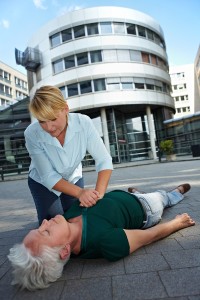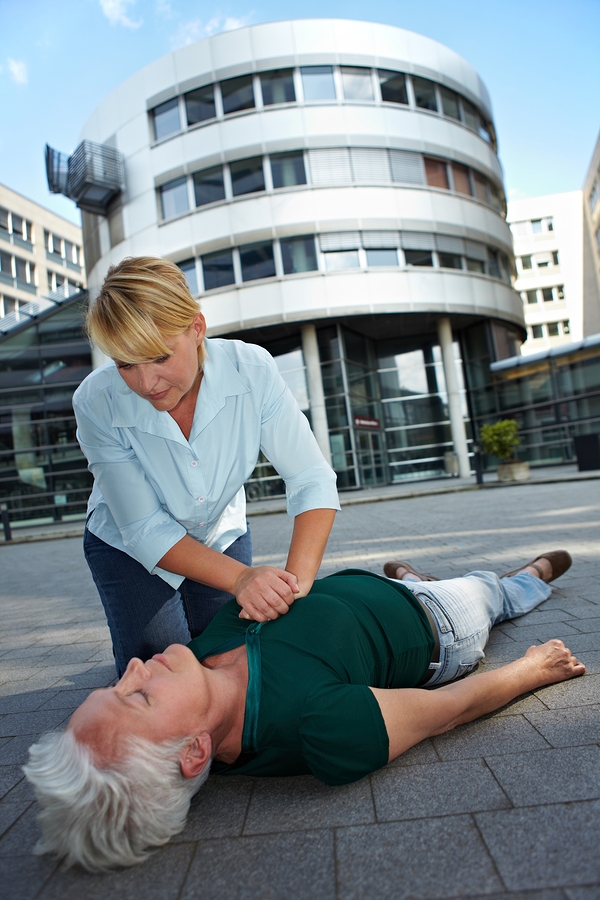How CPR Can Save a Life
 Many people receive conventional cardiopulmonary resuscitation (CPR) training by taking courses at work, school, or elsewhere. Even so, less than one third of the victims who collapse in public from sudden cardiac arrest receive the CPR they need prior to the arrival of paramedics on the scene. The fact is, despite the prevalence of CPR certification, relatively few bystanders attempt resuscitation when the need arises.
Many people receive conventional cardiopulmonary resuscitation (CPR) training by taking courses at work, school, or elsewhere. Even so, less than one third of the victims who collapse in public from sudden cardiac arrest receive the CPR they need prior to the arrival of paramedics on the scene. The fact is, despite the prevalence of CPR certification, relatively few bystanders attempt resuscitation when the need arises.
There are two main reasons for this reluctance. First, some people can’t remember exactly what to do, and panic is not conducive to accurate recall. Fearful of making a mistake, many call 911 but do not attempt CPR, even though emergency dispatchers often provide detailed, step-by-step instructions. And second, some people are simply hesitant to perform mouth-to-mouth resuscitation on a stranger. Approximately 95 percent of the people who experience sudden cardiac arrest – many of whom are otherwise healthy – die before reaching the hospital. Every minute the heart fails to pump results in a seven to 10 percent decrease in the chance of survival.
Studies have shown that chest compressions performed alone – without rescue breathing – can be very effective for resuscitating adults and teenagers.* That’s because when a person collapses suddenly due to cardiac arrest, there is often enough air in his or her lungs to sustain heart and brain function for a several minutes, as long as blood is pumped continually to those vital organs. Moreover, some people gasp while in cardiac arrest, which can draw more oxygen into the lungs.
The following simplified version of bystander CPR, also known as compression-only CPR, could very well save someone’s life:
- When a person has collapsed and is unresponsive, yell for someone to call 911.
- Place one hand over the other, entwine your fingers, and position your hands in the center of the victim’s chest.
- Press hard and fast – about 100 times per minute. To achieve the proper rhythm, it might be helpful to think of, and follow the beat of, the Bee Gees song, “Stayin’ Alive.”
- Each compression should depress the victim’s chest by approximately two inches.
- Allow the chest to rise between compressions to give the lungs a chance to refill.
It isn’t necessary to complete a certification course to learn compression-only CPR, and the importance of knowing and performing this life-saving technique when the need arises cannot be overstated. To learn more, or if you would like to consult with a physician, please feel free to contact or visit the South Tampa Immediate Care walk-in clinic.
*Conventional CPR is still recommended for resuscitating infants and young children, as well as victims of drowning and drug overdose, and those who collapse unobserved and might not have any air left in their lungs.













